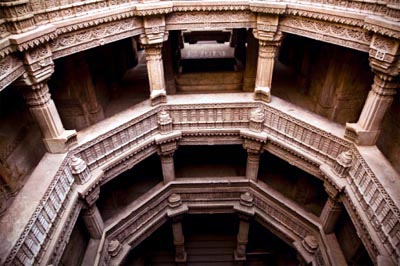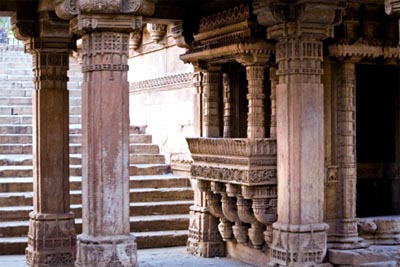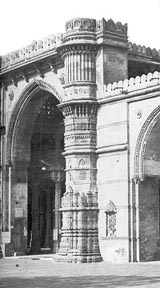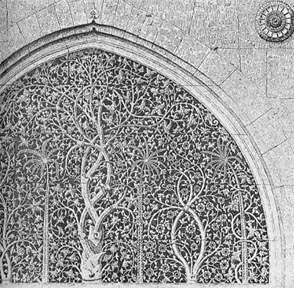Apr 18, 2025
Apr 18, 2025
Islamic architecture in and around Delhi retained much of the characteristics in both form and detailing of Persian Islam, with only the court at Delhi able to attract and pay the best Muslim architects and artisans from abroad. As one moves away from the main power centre, the regional Islamic satraps – whether governors of the Delhi Sultanate or newly-independent Sultan – patronized an architecture which slowly began to assume a very different identity. This identity was not constant throughout, but varied from place to place, and depended chiefly on :
If the Qutb Minar merely had sinuous carving which hinted at the Hindu craftsman at work, examples further away from Delhi illustrated both a riot of carving as well as formal aspects directly influenced by Hindu architecture. The main areas that produced a substantial body of architecture and can be said to have evolved a ‘style’ of their own are Gujarat, Punjab, Bengal, Malwa, some parts of south India and Kashmir.
Gujarat
 The Muslim rulers of Gujarat produced architecture on as grand a scale as their Hindu and Jain predecessors. As in Delhi, the first building material for the earliest mosques and tombs came from the demolition of temples in the area.
The Muslim rulers of Gujarat produced architecture on as grand a scale as their Hindu and Jain predecessors. As in Delhi, the first building material for the earliest mosques and tombs came from the demolition of temples in the area.
It was with the reign of Ahmed Shah (1411-42), that the city of Ahmedabad was founded.

 The mosques at Ahmedabad show a development from the relatively primitive, with an open façade, to the arcaded screen type prevalent in Delhi, with carved pillars visibly produced by Hindu craftsmen discernible through the arcade. Of the second, arcaded type of mosque, the two most impressive examples are the mosque of Ahmed Shah and the Jami-Masjid.
The mosques at Ahmedabad show a development from the relatively primitive, with an open façade, to the arcaded screen type prevalent in Delhi, with carved pillars visibly produced by Hindu craftsmen discernible through the arcade. Of the second, arcaded type of mosque, the two most impressive examples are the mosque of Ahmed Shah and the Jami-Masjid.  A notable example.
A notable example.
01-Jul-2002
More by : Ashish Nangia

|
Thank you for giving us history of this place I am a hobby photographer and want to photograph this place so please let me know the name of this palace.ane who I can come from Nasik to hear.Thank you. |